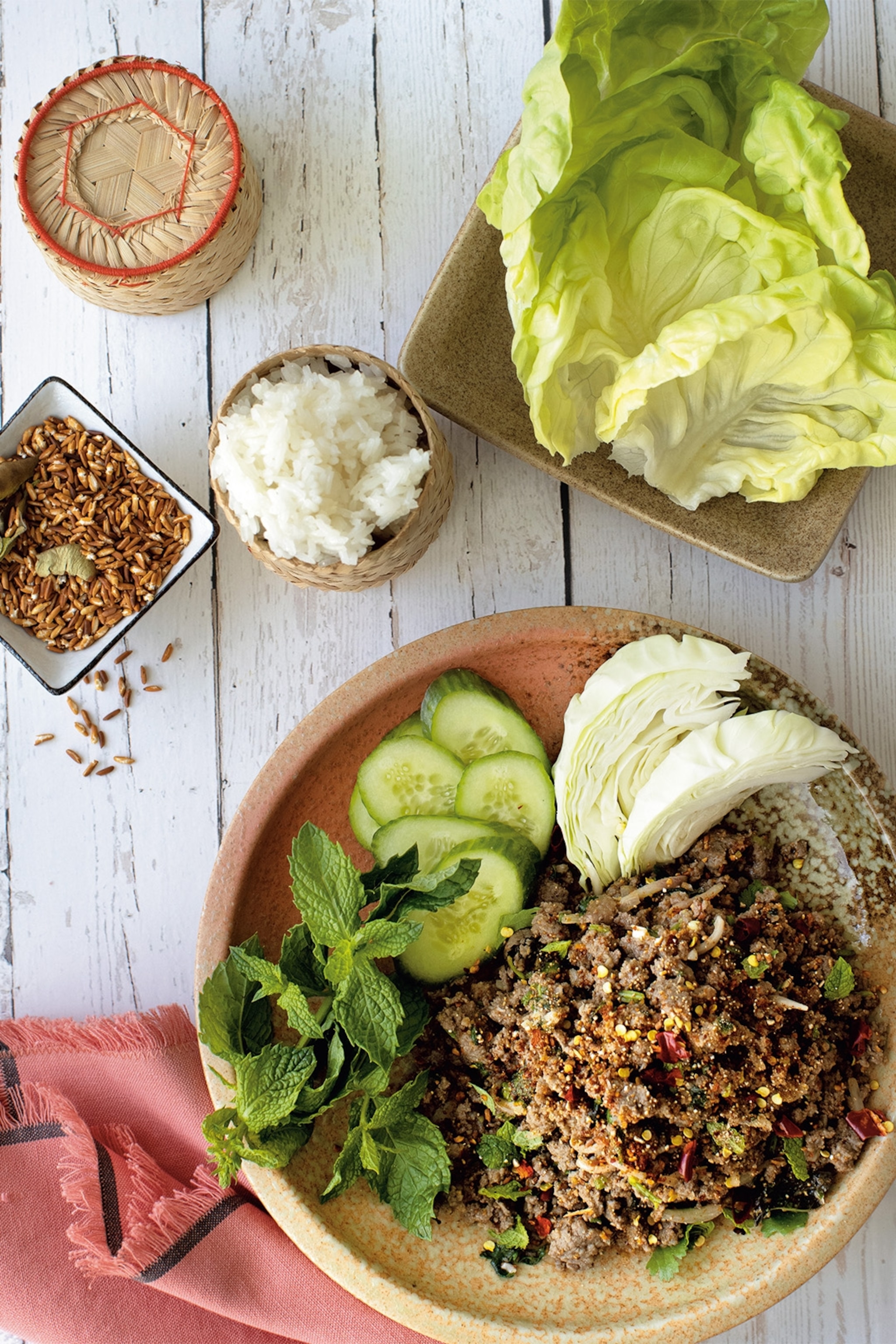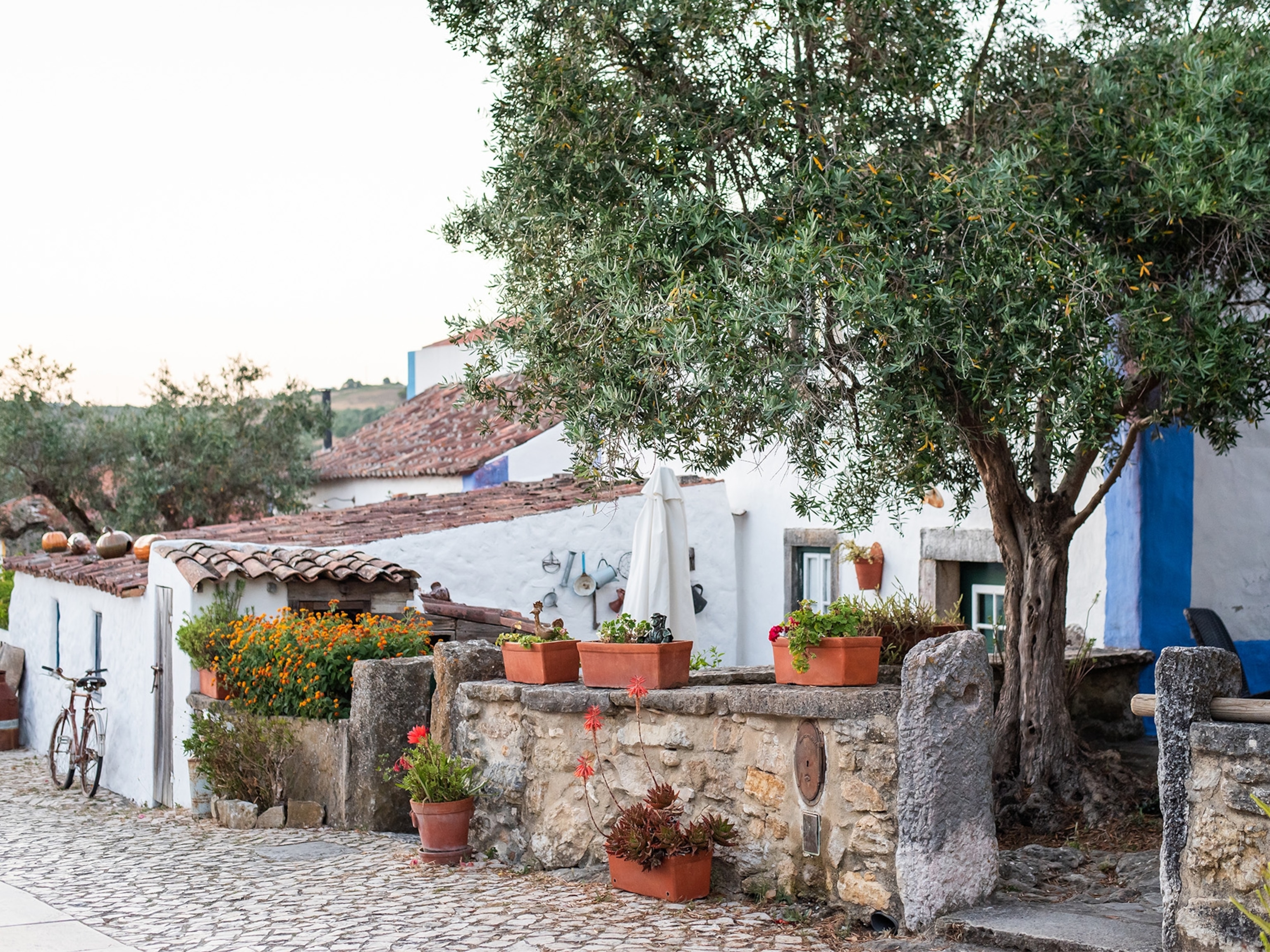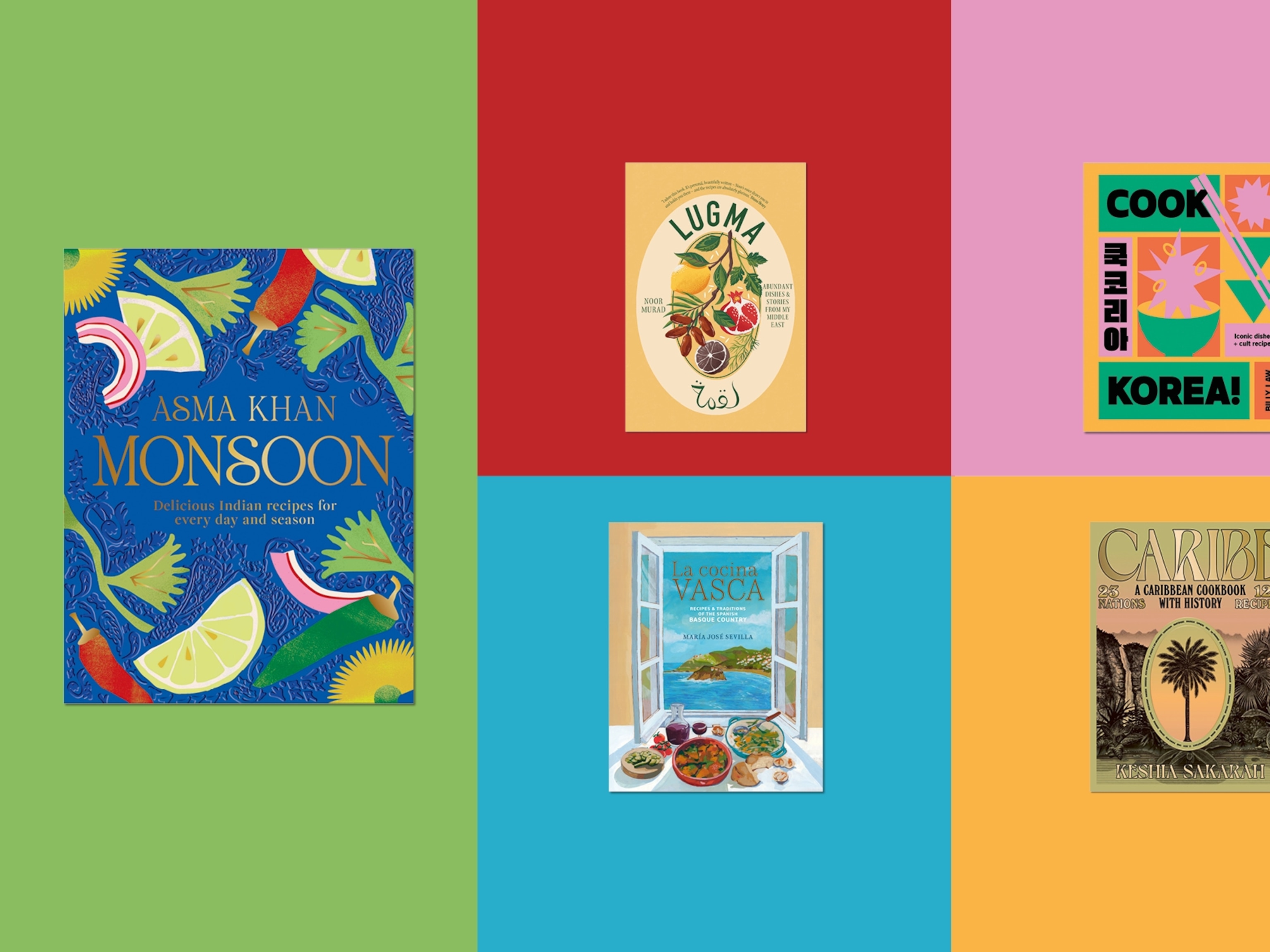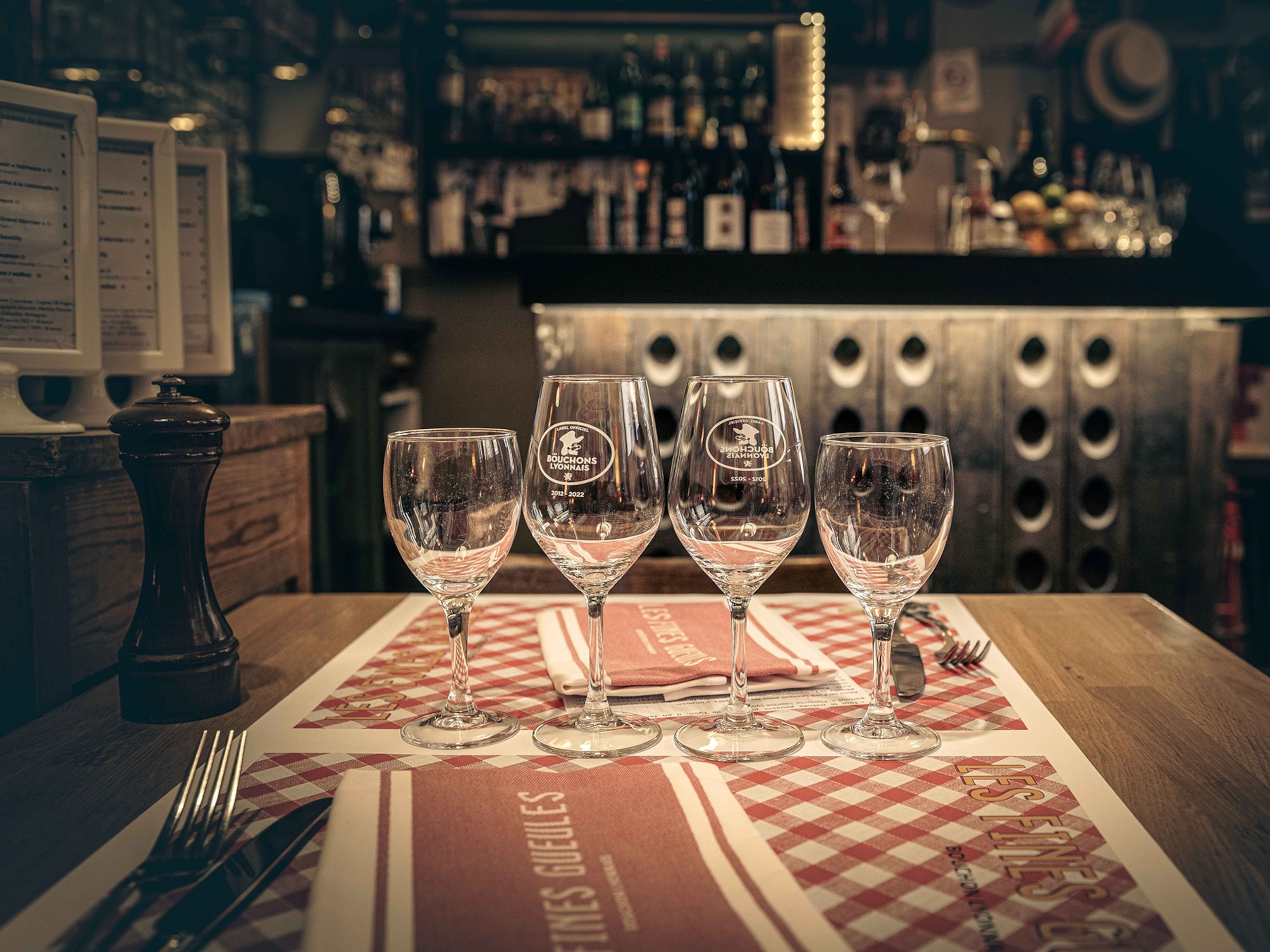
A taste of northeast Thailand — salt and spice in the under-explored Isaan region
Salt, spice and fermented foods are the order of the day in the Isaan region.
The northeastern region of Thailand, known as Isaan, is the country’s largest, and it’s also where some of the country’s best-known dishes originate. Indeed, if you’re someone who eats Thai food with any regularity, it’s likely you’ll be familiar with some of the flavours.
The majority of Isaan is rural, with much of the land given over to agriculture. The climate is hot and dry, with regular periods of drought, which has made people resourceful when it comes to food; the region is known for incorporating a huge variety of creatures into its cuisine, including insects and all manner of wild animals. There’s also liberal use of aromatic herbs — including mint, coriander, dill and sawtooth coriander, to name just a few — whose strong flavours help enhance the flavours of the meat or fish.
Probably as a result of the hot climate, the cuisine tends to be very light — salads and light soups are popular — as well as lean, with very little fat added during cooking. The heat also means food spoils quickly here, so produce tends to be heavily seasoned with salt, acid and chilli, all of which are natural preservatives. For this reason, Isaan cooking features a lot of bold, punchy flavours — and the region’s ubiquitous dipping sauce, nam jim jeaw, is a great case in point. Containing lime, chilli, garlic and fish sauce, it adds a kick to any kind of grilled meat.
Many of Thailand’s fermented foods come from this part of the country. Sai grok isaan, for example, is a sausage made from pork fermented with sticky rice, while the classic local seasoning is pla ra, a sauce made from freshwater fish fermented with salt and rice bran.
The most common starch in the region is sticky rice. This dense, chewy form of white rice is beloved of farmers, who often bring it out with them to eat while working in the fields. It’s incredibly filling and high in calories — perfect fuel for a day of physical labour.
Must-try dishes
Laab
This spicy salad is made of ground or finely chopped protein — meat, fish, eggs or even snails. It’s enhanced with roasted chilli flakes, shallots and plenty of fresh herbs, but the ingredient that gives it its distinctive nutty aroma is toasted rice powder.
Tom saeb
This light, spicy, tart soup is typically made with spare pork ribs. It uses the same herbs as the better-known tom yum: lemongrass, galangal and kaffir lime leaves. It’s finished with sawtooth coriander and a sprinkling of toasted rice powder.
Som tam
This salad combines textures and flavours: spiciness, saltiness, sourness, sweetness, umami and sometimes bitterness. Green papaya is a common star ingredient, but it can also be made with vegetables such as cucumber and Thai aubergine. The dressing is made from fish sauce, tamarind, lime juice and palm sugar, but people from Isaan also add pla ra.
To subscribe to National Geographic Traveller (UK) magazine click here. (Available in select countries only).





